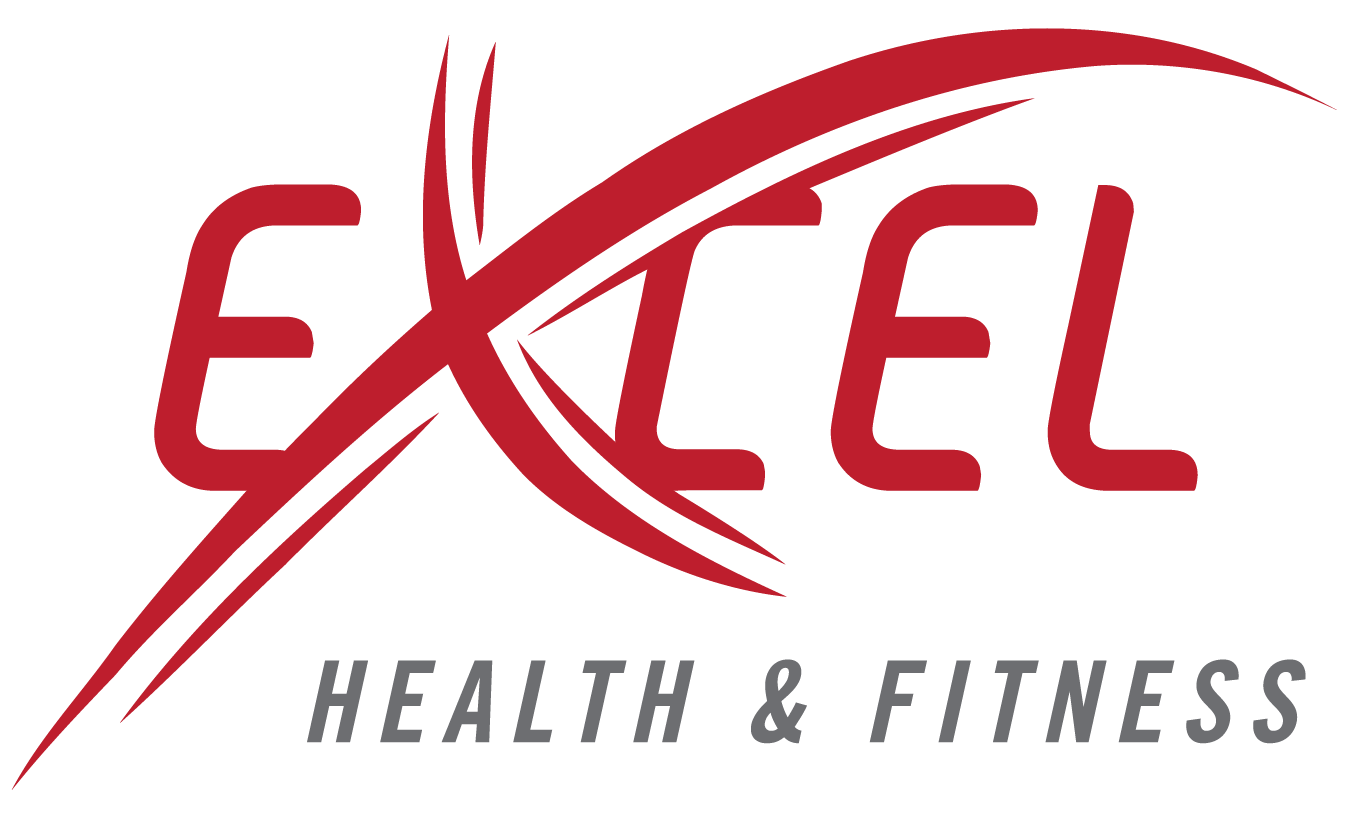A Simple Question with an Honest Answer
At Excel Health & Fitness in Manteca, we’ve done hundreds of Fit3D body scans — and here’s what we’ve learned:
Some people absolutely love it. Others… don’t get much from it.
That’s not a bad thing. Body fat testing isn’t magic, and it’s not for everyone. So let’s break down who it’s really for, and who might want to skip it.
Body Fat Testing Is Right for You If…
You’re Working Toward a Clear Goal
Whether it’s fat loss, muscle gain, or body recomposition, Fit3D gives you the hard data to see if what you’re doing is working.
You’ll know what’s changing, and what’s not.
You Want More Than Just a Number on a Scale
If the scale has ever frustrated you, confused you, or made you feel like your progress didn’t count, this is your tool.
You’ll see changes in inches, shape, balance, and lean mass, not just weight.
You Like Tracking, Numbers, and Structure
If you’re a spreadsheet person, a trend-watcher, or someone who likes setting benchmarks, you’ll love Fit3D. It gives you visuals, measurements, and long-term tracking tools.
You Struggle with Motivation or Staying On Track
Fit3D isn’t just about information, it’s about clarity and accountability. Seeing your body change is powerful. It keeps people moving when motivation runs low.
Body Fat Testing Might Not Be Right for You If…
You’re Just Getting Started and Feel Overwhelmed
If you’re brand new to fitness or not ready to face the numbers yet, it’s okay to wait. There’s no pressure. Come back when you feel curious instead of nervous.
You Only Care About the Scale
Some people just want to lose pounds and don’t want any extra data. That’s totally fine. The scale can still work, it’s just a different type of tool.
You’re Not Ready to Use the Info
Fit3D shows you what’s going on. But if you’re not planning to make changes based on that data, it might feel like overkill.
So… Is It Worth Trying At Least Once?
Yes, even if you’re not sure it’s for you long-term.
Most people who try it walk away saying:
“I learned something I didn’t expect”
“That was way better than I thought it would be”
“I’m glad I did it, even just once”
And many come back, even if they thought they wouldn’t.
Final Take
Body fat testing isn’t for everyone. But for the right person — the one who wants to understand, improve, and track real change, it’s a game-changer.
If that sounds like you, we’d love to show you what’s possible.
